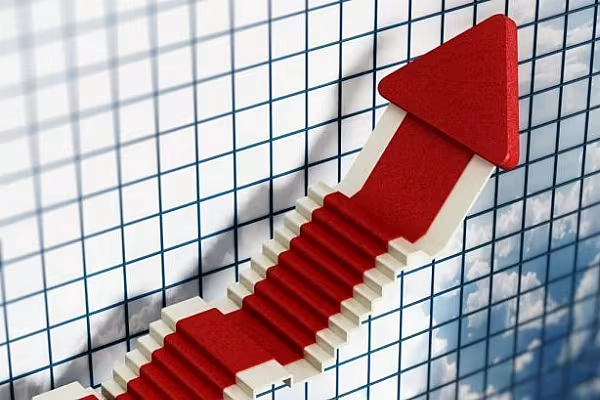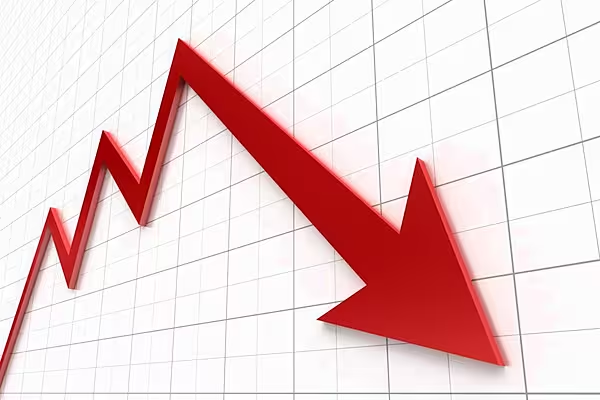Overall shop prices in the UK dropped by 1.8% in May compared to last year, and Nielsen doesn't see an end in sight for the decline.
The drop comes after prices shrunk by 1.7% in April, and is broadly in line with the 12-month average, according to Nielsen's Shop Price Index. Non-food items took the biggest hit, dropping by 2.7% during the month.
Food returned to deflationary territory in May, dropping by 0.3% as it continues to fluctuate around zero. Fresh food was down by 0.3% while ambient food reduced by 0.4%.
Speaking about the results, Mike Watkins, Head of Retailer and Business Insight at Nielsen, which carried out the study on behalf of the British Retail Consortium, said the trend is likely to continue.
“Shop price inflation remains below consumer price inflation and falling food prices are still being driven lower by global commodity prices as well as intense competition, which shows no sign of relenting any time soon.
"Non-food prices also continue to fall, and with shoppers indicating that they are becoming more cautious about spending, retailers will have to keep prices the same or probably even lower over the next six months.”
Helen Dickinson OBE, chief executive of the British Retail Consortium said the figures were not a surprise. "We’ve experienced a record run of falling shop prices and, for the time being, there’s little to suggest that’ll end any time soon – so the good news for consumers continues.
"Indeed, with food prices remaining flat at the same time as wages continue to grow means customers will have yet more money in their pockets at the end of their weekly shop.
“Looking slightly longer term we know that the recent commodity price increases will start to put pressure on retailers to raise their own prices. We would normally expect these input costs to filter through to prices eventually, but the big question is how far fierce competition in the industry will insulate consumers from price increases.
"If retailers do continue to absorb these costs it’ll be more important than ever that other external costs, business rates chief among them, are brought under control.”
The Shop Price Index measures the costs of the 500 of the most commonly bought high street products in stores to give an accurate picture of the inflation rate.
© 2016 European Supermarket Magazine – your source for the latest retail news. Article by John Golden. To subscribe to ESM: The European Supermarket Magazine, click here.














